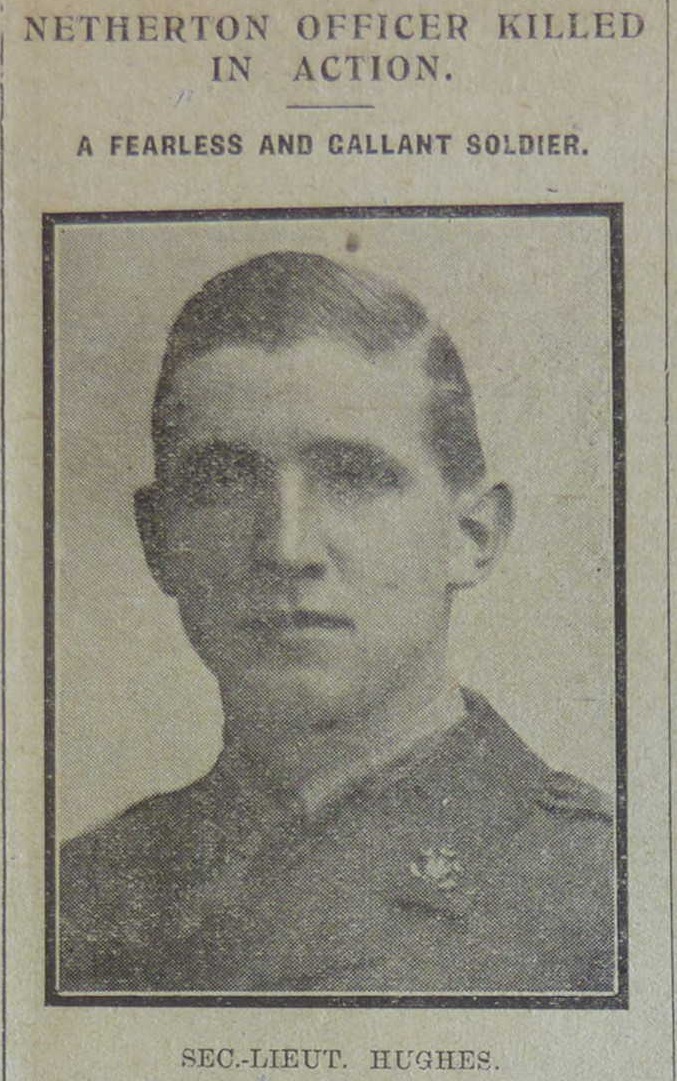- See Robert Charles Hughes’s entry on the Board of Trade’s Ancestry public tree.
- This information updates the group’s previous research published on the former DTI website (now archived by the National Archives).
- Do you have any more information about Robert Charles Hughes? If so the War Memorial Research Group would love to hear from you
Name recorded on Board of Trade Memorial: R. C. Hughes
Born: January 1894, Dudley, Staffordshire, England
Date of Death: 17 August 1918
Age at death: 24
Service, Regiment, Corps, etc: London Regiment
Unit, Ship, etc: 15th Battalion (Civil Service Rifles)
Enlisted:
Rank: Second Lieutenant (Service No: 53547)
Decorations: WW1 Service Medals (Victory Medal and British War Medal)
War (and theatre): WW1 (France and Flanders)
Manner of Death: Killed in Action
Family Details: Son of John William and Ada Hughes, 36 Gill Road, Darby End, Netherton, Dudley, Worcestershire
Residence:
Home Department: Board of Trade – Labour Department (West Midlands Division)
Civilian Rank:
Cemetery or Memorial: Vis en Artois Memorial, Pas de Calais (Panel 10); Board of Trade War Memorial; Memorial to Staff of the Ministry of Labour; Civil Service Rifles War Memorial, Somerset House, London; Netherton Darby End Church Memorial, Dudley, Worcestershire;
Biography:
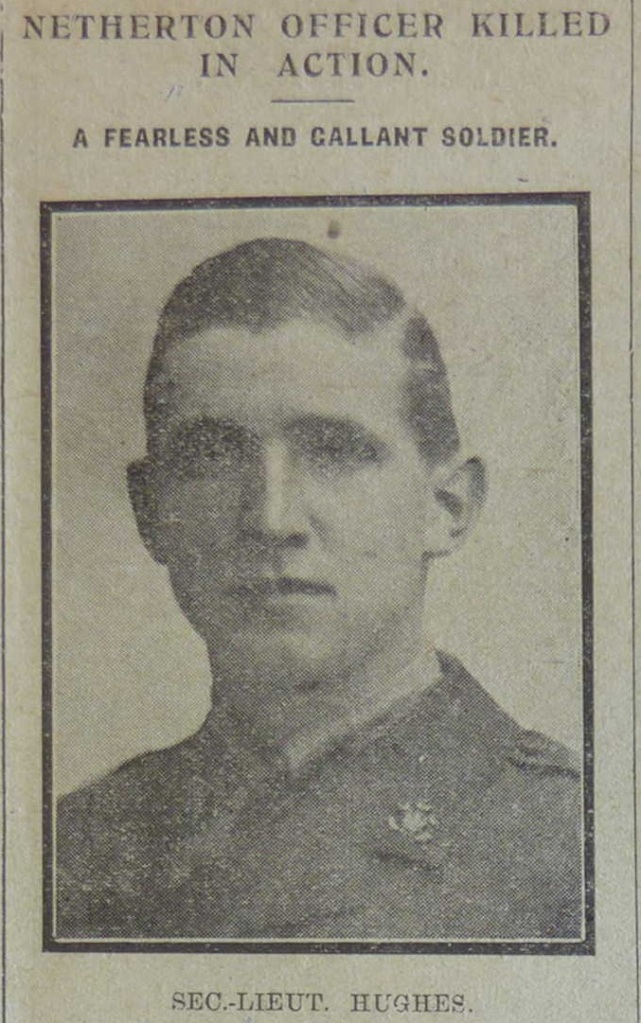
Robert Charles Hughes was born in January 1894 in Dudley, Staffordshire. He was the son of William John Hughes (1870-1965) and Ada Gill (1870-1945). He had two sisters Edith Hughes (1892-1959) and Ann Eliza Hughes (1904-1981) and a brother, Leonard Hughes (1896-1971). Robert’s father worked as a “Pulley Block Fitter”.
As a boy, Robert was a pupil at the Halesowen Road Council School and later at the Higher Elementary School, Dudley (this later became from 1957 the Sir Gilbert Claughton School, Blowers Green Road, Dudley but the school closed in July 1990 and is now flats). He also attended the United Methodist Sunday School in Darby Hand, Dudley and was a member of the church choir.
At the time of the 1901 census, when Robert was aged 7, the Hughes family were living in 36 Gill Street, Dudley. The family were still living at the same address in 1911 by which time, Robert was aged 17 and working as a Law Clerk We know that he worked alongside Mr H. C. Bretell, Town Clerk of Dudley. He then worked under the National Health Insurance Commissioners and in 1912 he joined the Labour Exchange based at Corporation Street, Birmingham.
Robert served initially with the Honourable Artillery Company Infantry and in the London Regiment Inns of Court Officers Training Corps.
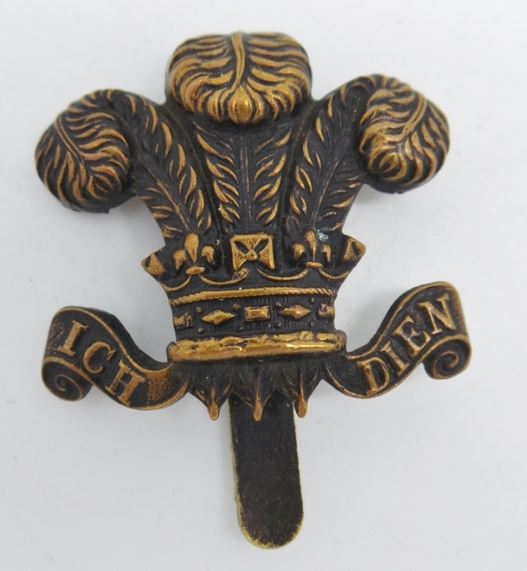
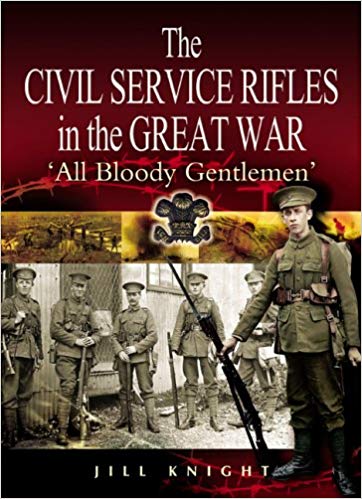
We also know that Robert, like so many other colleagues, served in one of the pals battalion – the 15th Battalion, London Regiment (also known as the Civil Service Rifles). According to his medal card he originally enlisted as a Private but was commissioned and promoted to become a Second Lieutenant officer on 16 December 1917.

For an account of the action in which Robert Hughes almost certainly died, involving heavy casualties at Bois des Tailles (known by the troops as ‘toute de suite wood’ or ‘toot sweet valley’) from 16 August 1918, see The History of the Prince of Wales Own Civil Service Rifles (published 1921). This states:
“On the night of the 16th of August the Battalion moved up to the front line and relieved the 22nd London Regiment on the right of the Divisional front in the Bois des Tailles, just north of the village of Bray.
The Bois des Tailles had doubtless been a very pretty wood in peace time, but it was now strewn with the debris remaining after the German occupation. It had afforded good natural cover for German guns, and in the valley which ran through the middle of the wood were some rather palatial dug-outs. The German guns were still in position, though the emplacements had been destroyed and the ammunition was scattered about the ground. Throughout its occupation by the Civil Service Rifles, the Bois des Tailles was subjected to a steady bombardment, gas shells being used freely every night. The aforesaid valley became saturated with gas and the dug-outs were rendered uninhabitable. Casualties were pretty heavy, and the five days spent in what became known among the troops as “toute de suite wood” were distinctly unpleasant.“
A local newspaper report published on 7 September 1918, confirms further details so we know that he initially jointed up on 1 February 1917. After a few months training for a commission at Hazeley Down Camp near Winchester he was ‘gazetted’ as Second Lieutenant. He was then posted to France on active service in April 1918.
His parents were notified on 22 August 1918 that he had been reported missing since 17 August and believed to have been wounded. His death was later confirmed as having happened on that day in a telegram received on 26 August 1918. Robert was only 24 years old and single when he died.
The newspaper report described him as “a fearless and gallant young officer, always ready to undertake whatever tasks presented themselves. He was the life and soul of the officers’ mess, and was exceedingly popular with both officers and men”.
Robert has no known grave. His name is remembered in France on the Vis en Artois Memorial (Panel 10) near to Haucourt, France on the main road between Arras and Cambrai . Over 9000 men’s names are remembered on the Memorial who all died between 8 August 1918 until the Armistice and who have no known grave. The men who died come from the British and other allied forces. The memorial is in the form of a three part wall screen and with a Stone of Remembrance in the middle and a carved relief representing St George and the Dragon.

Robert is also remembered by the Board of Trade and Memorial to the Staff of the Ministry of Labour War Memorials and by a scroll stored within the Civil Service Rifles Memorial located at Somerset House, London.
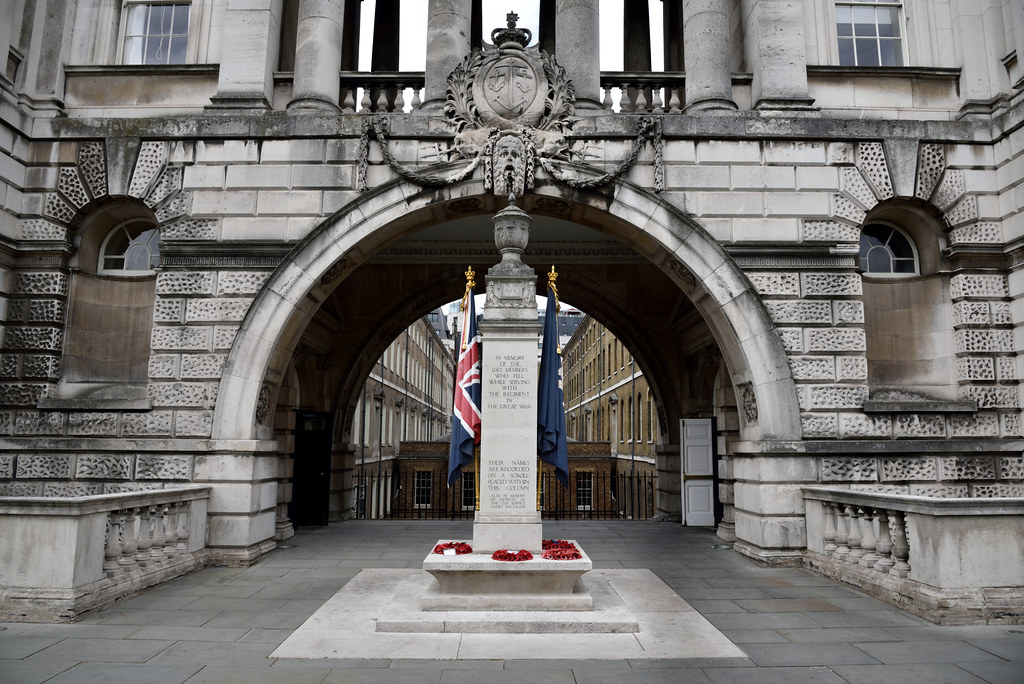
We also know that Robert appears in Scotland’s National War Memorial Index.

